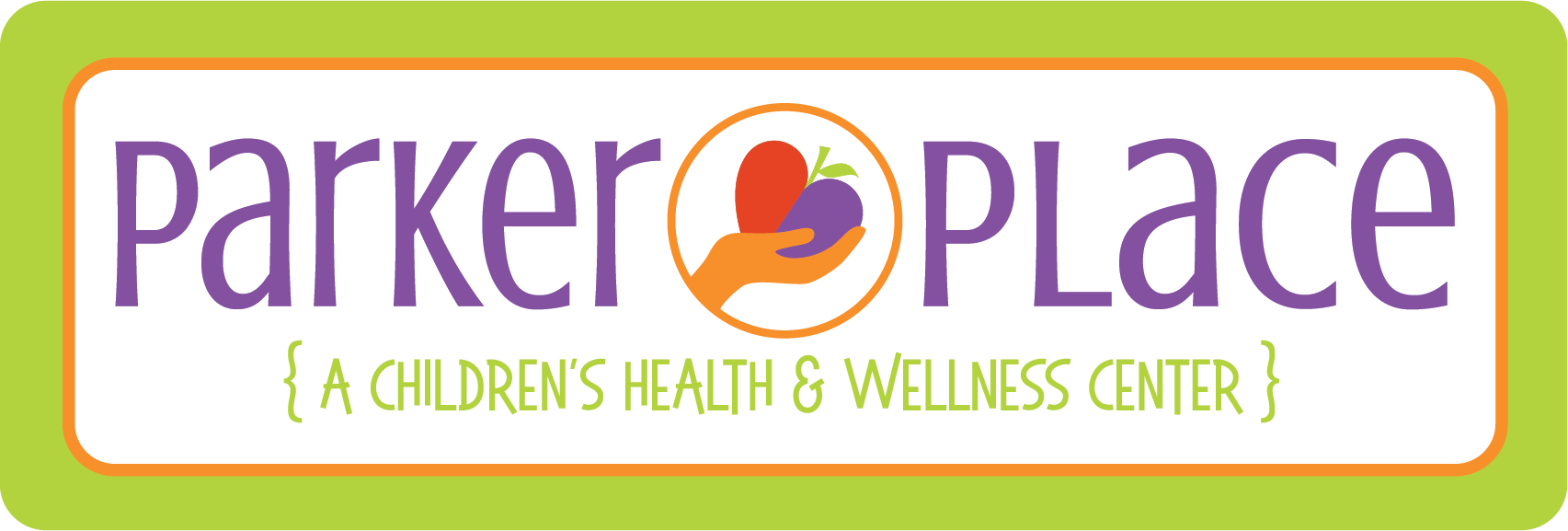EDUCATION
Does your child struggle with activities in school related to writing, behavior management, attention and more? These activities related to education are vital for the child's development and success. Read more about how OTs working in the school can help your children with their educational activities that are needed for learning and participating in the educational environment.
What does OT in the school look like?
An OT plays a vital role on the IEP team in ensuring the child has reasonable accommodations for school activities and ensuring strategies are carried over by the school staff working with your child.
These strategies include: additional time for assignments, self-regulation strategies, sensory strategies, attention strategies
Assist the child and family in removing barriers to participating in school activities
Evaluate the need for assistive technology for your child such as: audio players, noise canceling headphones, adapted cushions/chairs, or talk-to-text devices'
The OT works with your child’s team (teachers, parents, other school staff) to ensure all needs are met whether the environment or activity must be adapted to the child
Behavior management strategies:
Facilitate flexibility with changes in routines and transitions throughout the day through the use of visual schedules
Collaborate with the child on identifying triggers for different emotions (i.e., anger, sadness, confused) and practice coping strategies
Educate the child on stress-management techniques
Attention strategies:
Create activity cards for movement breaks and advocate for strategies to be included in the IEP for the child throughout the day (i.e., jumping jacks, wall sits, push-ups)
Use a visual timer for non-preferred activities to promote focused attention
Encourage the child to break down tasks into simple steps
Handwriting strategies:
Model how to form each letter and appropriate posture for writing activities
Teach 1–2 letters at a time and use simple verbal/visual cues
Allow children to master the basics before moving on to more complex writing tasks
Provide opportunities to practice dictated and copied words of known words (i.e., family members, colors, numbers)
Encourage students to write thank you letters, recipes, grocery lists, stories
Educate child and family on hand strengthening activities to improve grip and grasp: playing with playdough and Legos, opening/closing clothespins, stringing beads
Sensory strategies:
Create a sensory tool box that the child can keep at their desk in case they need sensory input: fidgets for hand and feet, squishy balls, putty, Rubik’s cube

